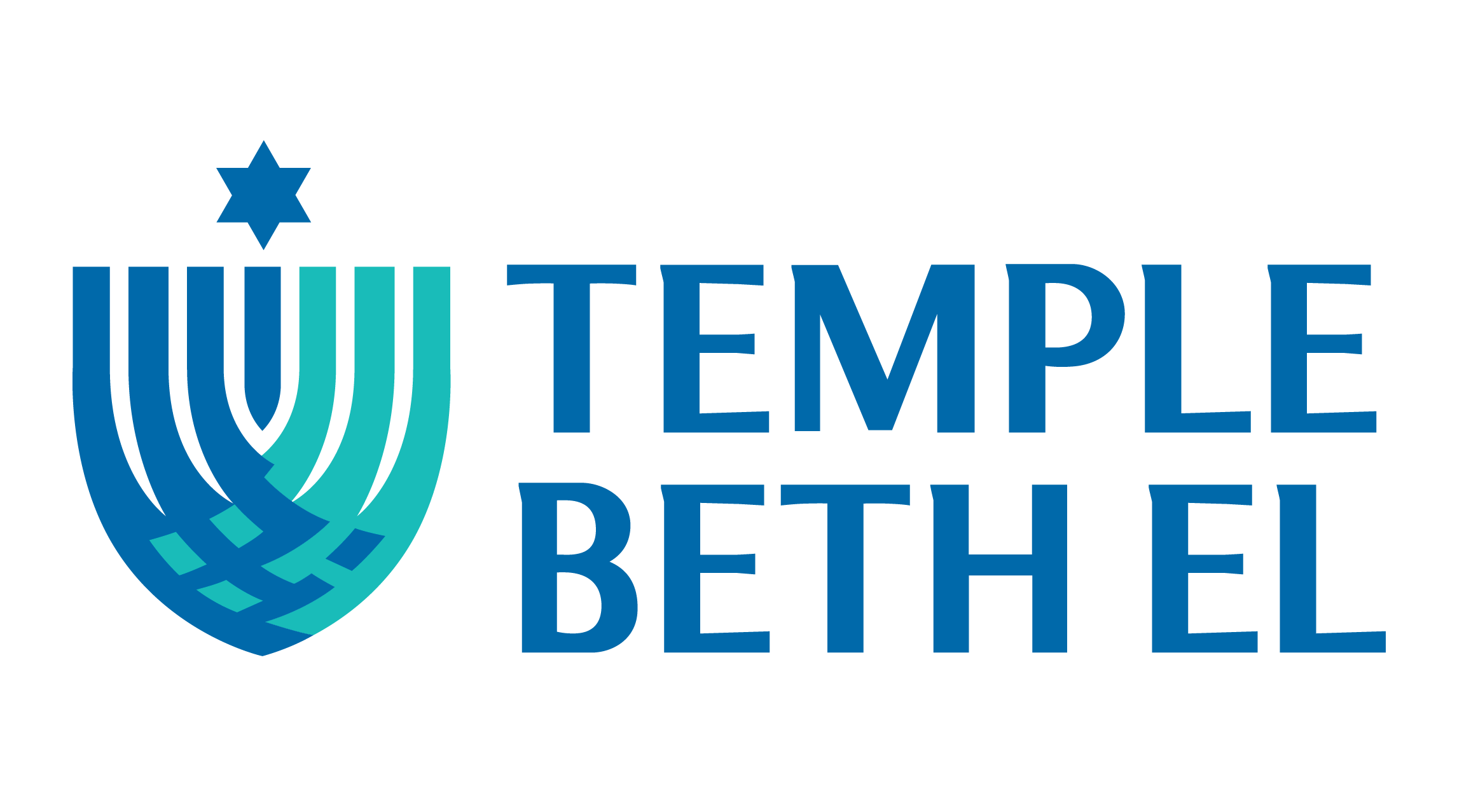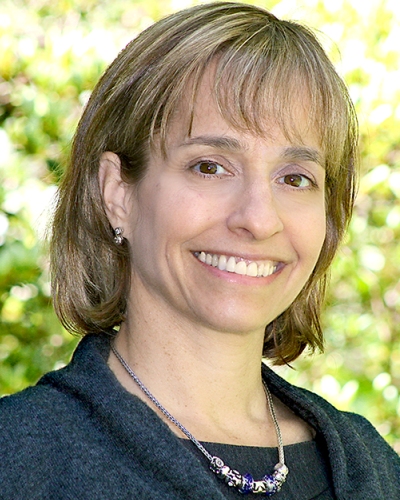Reb Nachman’s Chair and Something To Hold On To
Yom Kippur 5774
Rabbi Judith Schindler
I’m not a collector. At heart, I am a traveler of the world. I don’t like things to weigh me down. Stamps, baseball cards, and coins don’t interest me much – though I always keep Israeli change in my wallet.
I’m not a collector but there are one or two trading cards I’d invest in. I don’t believe they would ever increase in value over time to anybody but me. Just like there are baseball trading cards, apparently there are Rabbi trading cards. I have never seen them. Yet according to a sales website three million Rabbi trading cards have been sold internationally and they are acclaimed by Time Magazine, Sports Illustrated and the Library of Congress.
The first Rabbi trading card I would buy would be with my father’s face on it but that doesn’t exist. The traditional Jewish company that creates rabbi trading cards wouldn’t view a liberal rabbi as being a gadol, a great. The other Rabbi trading card I’d buy is that of Reb Nachman of Breslov. There are no rabbinic teachings that speak to me more than his. Yet I am uncertain that there is a rabbi trading card of him either because there are no photographs of him. I guess I am out of luck.
We collect things that inspire us, that stir our memories, and that have value perhaps not monetarily but sentimentally. In life, we need things to hold on to – especially when times get tough.
Reb Nachman’s teachings give me something to hold to. Apparently I am not alone. Last week for Rosh Hashanah, 24,000 Jews traveled from twenty four countries to make pilgrimage to Reb Nachman’s grave in Uman which is in the center of the Ukraine. Reb Nachman was a mystic, a tzaddik, a teacher who could lift up despairing souls. While there are no photographs of Reb Nachman, there are abundant pictures of the chair in which he sat. Rabbi Sandy Eisenberg Sasso tells one of the many legends, a midrash, about the chair’s fame.
In the early 1800’s, a butcher from the town of Teplyk gave Reb Nachman a gift — an exquisite hand-crafted chair. Everyone who laid eyes on this chair knew that it was something special. Reb Nachman loved the chair and sat in it all the days of his life. When he died, his disciples kept the chair in his memory and placed it in a most important spot — right next to ark.
When the Nazis invaded the Ukraine, Reb Nachman’s followers realized that to save themselves they would have to scatter, but how would they save the chair? It was too large for any one person to carry alone. They decided to cut up the chair and give a piece to each of Reb Nachman’s followers. They made a promise: after of the war, they would meet up in Jerusalem and reassemble the chair.
The Holocaust was a horrific time in history. Few Jews escaped unharmed. Yet every person who carried a piece of that chair survived and made it to Jerusalem. There they reassembled the chair. It looked exactly as when Reb Nachman sat in it. You can see it today in the Bratslav synagogue in Mea Shearim right next to the ark.
When times get tough, we need something to hold to. During the Holocaust, Reb Nachman’s followers held onto pieces of his chair and survived. Today’s liturgy gives us something to hold on to.
The central prayer of these High Holidays is the Unetaneh Tokef. It affirms that on Rosh Hashanah is written and on Yom Kippur it is sealed: how many shall be born and how many shall die, who will be tranquil and who will be troubled.
Most of us have a love-hate relationship with this prayer. We ardently argue against the theology of a God who sits on high and judges, yet we do not deny that our fate for the coming year is uncertain. In our congregation there will be painful divorces, life altering diagnoses, untimely deaths, and economic hardships. There could be floods and fires, falling and failing.
Some of our realities we will have had a hand in making — through our neglect of ourselves or our relationships. Other circumstances will be mere fate. Many of the cancers that could come our way are triggered by genetics, or by causes beyond our control. Rabbi Harold Kushner’s most famous book is not called Why Bad Things Happen to Good People, but When Bad Things Happen to Good People.
When bad things happened to Reb Nachman’s disciples they held fast to pieces of his chair which gave them strength to endure the unendurable. The Unetaneh Tokef prayer gives us three paths of purpose to which we can hold fast:
Utshuvah utefilah utzedakah maaveereen et roah hagezerah. Repentance, prayer and charity will lessen the harshness of life’s decree. Relationships, spirituality and generosity will enable us to weather life’s storms.
Teshuvah, repentance, is the first component of our life survival kit.
Reb Nachman taught: “If you believe breaking is possible, believe fixing is possible.”
In London when you are riding the subway called the Tube, at many stops the conductor will caution, “Mind the gap,” which in our English means “Watch your step.” Watch out for the space between the subway car and the platform. We don’t want you to fall.
This day calls us to do the same. It calls us to “mind the gap,” to be cognizant of the distances we have created between ourselves and those around us. When the hardest times of life hit, we need others to get by. If gaps exist in our relationships, we will fall farther than is necessary.
Today we are called to do “teshvuah” to return, to repair, to reconcile, to turn things around. Our making teshuvah is not for God but for us.
On Labor Day Weekend, nearly sixty Beth El congregants enjoyed a retreat at Wildacres. When reflecting on our Jewish goals for 5774, many participants chose to work on menuchat hanefesh – tranquility. Making peace with the pain of the past helps us to be calm in the present. Making peace with those around us restores relationships that can lift our lives.
One simple key to having others there to lift us up, is for us to lift others up. Reb Nachman taught: “Criticising others, giving them an unwelcome feeling, can be done by anyone. Uplifting them, and giving them a good feeling – that takes a special gift.”
Let us make a commitment to use positive words about, and with, others. When we have negative things to say, let us say nothing.
Reb Nachman prayed: Teach me dear God to make a fresh start; to break yesterday’s patterns; to stop telling myself I can’t – when I can, I’m not, when I am, I’m stuck, when I’m eminently free. (Likutey Maharan 1:76)
Tefillah, prayer, and connecting with God is the second component of our life survival kit.
Reb Nachman taught that life makes warriors of us all. To emerge the victors, we must arm ourselves with the most potent of weapons. That weapon is prayer.
Three weeks ago, I was called by a Presbyterian chaplain to visit an elderly, and destitute, woman. Although she had grown up in a traditional environment, and never met a female rabbi, I gained her trust. She said, “Rabbi, pray with me in English; I’ve forgotten all my Hebrew.”
Many of us, similarly, do not know how to pray. We have forgotten Hebrew. We never knew Hebrew. The prayers don’t speak to us. God doesn’t speak to us. We don’t speak to God.
When tough times come, we need the strength to stand alone to face tests and treatments or late nights of sleeplessness and sorrow.
The Talmud teaches that when the Temple stood in Jerusalem, there was a process for bringing sacrifices. The pilgrims would enter through the right gate, walk in a counterclockwise direction to deliver their sacrifices, and exit through the left gate. Yet three categories of people did the opposite. The mourner, the person confronting serious illness and those seeking a lost object would enter through the left gate and walk clockwise with their offerings. The pilgrims on the regular path would offer words of healing, “Hamakom y’nachem etchem… – may this place bring you comfort.”
Rabbi Harold Kushner notes that one can understand the actions of the persons who were mourning or confronting serious illness, “But why would a person who simply lost something have to walk in the opposite direction?” And he responds, “I can think of two possible answers. One is the feeling we all have when you’re looking for something and can’t locate it. You’re sure you put the car keys right there a few minutes ago, and now you’re running late and you can’t find them. The second possibility is that the lost object the passage speaks to isn’t just any lost object, your glasses or your keys, but refers to something specific, to a person who has lost his or her faith and comes to the Temple hoping to find it there.” (Faith and Family: Favorite Sermons of Rabbi Harold S. Kushner, 2007)
Many of us have lost our faith, or perhaps we never had it to begin with. Today we come to find it, for we know we need it.
Reb Nachman found God in the sanctuary of nature. He taught that we should pray to God by going on solitary walks through fields and forests. We should hear the songs of the plants and trees — each one singing its own melody to God and we should pour out our hearts. When we do, Reb Nachman tells us, the prayers of the plants will enter and intensify our prayers. We will take in the air of paradise with every breath and return home with the world renewed in our eyes.
Reb Nachman prayed:
God, grant me the ability to be alone;
may it be my custom to go outdoors each day
among the trees and grass – among all growing things
and there may I be alone, and enter into prayer,
to talk with God.
And may all the foliage of the field –
all grasses, trees, and plants –
awake at my coming,
to send the powers of their life into the words of my prayer.
In our life survival kits we need to hold on to people and in our life survival kits we need to hold onto faith. At times, we will be alone. We can strengthen ourselves by committing to a prayer practice: in nature, in meditation, in yoga, in the sanctuary, and in life. We are here to help.
Tzedakah, charity, is the final component of our life survival kit.
How paradoxical — that giving gives us something to hold onto!
Reb Nachman taught to give tzedakah with both hands. Not halfheartedly thinking about ourselves as we give to others but wholly.
Proverbs teaches that “tzedakah saves from death.” Tzedakah doesn’t literally save the giver from death, though that would make our Temple fundraising a lot easier. Tzedakah saves the recipient from death – from hunger, from freezing, from sweltering, from despair. Tzedakah saves the giver from spiritual death. If we observed the pain of others and did not respond, our hearts would become so hardened we would be spiritually flatlined.
A friend of mine who spent a lifetime amassing resources recently realized she has more than enough. She now has made philanthropy a daily activity researching causes for which she has a passion. I asked her how she feels and she remarked “It’s a lot more fun than shopping.” Retail therapy is nothing compared to righteous therapy — a regular routine of exercising our generosity of time and talent.
In the Midrash, Rabbi Hillel asks his students: “If I have one thousand dinars, and give away three hundred of them to the needy, how much do I have?” The students answered: “Obviously, you have seven hundred left.”
To which Hillel responded: “No. “Your math is good – but you do not understand tzedakah. I don’t really have the seven hundred dinars – I could lose it by accident, or in a business venture, or, with luck I might be able to leave it to my children. But — for the rest of my life – I know I have the three hundred dinars. Even at the moment of my death, I can look back on those three hundred dinars I contributed to tzedakah and know I helped the world. So the answer to the question is: if I have one thousand dinars and give away three hundred, the amount that I most truly “have” is three hundred dinars.”
At the end of our days, we are measured not by what we have but by what we gave. Giving time and talent are also worthy legacies.
Reb Nachman prayed: “O Life of the World, grant me a full life – a life which may be considered long because it has been filled with right living, and considered rich because it has been filled with holy acts.” (Likutey Moharan, 1:60)
Reb Nachman indeed lived a long and rich life even though he died of tuberculosis at the young age of 38.
As a child, I didn’t enjoy services. The High Holidays were most dreaded (not in the awe-filled sense of the word). I counted the page of the prayer book praying they would quickly pass.
I am not alone. A little boy once asked his rabbi about the large plaque in the foyer covered with engraved names and American flags. “What are these?” the child asked.
And the rabbi responded, “It is a memorial for all those young men and women who died in the service.”
“Which one?” The boy inquired “The Rosh Hashanah or the Yom Kippur service.”
Dr. Joel Hoffman compares services to long flights. Flights can be delayed, canceled, misrouted, turbulent, or uncomfortable. And in his eyes, services can be long and frequently boring. The climate control might not be set to his preference, the music might not be to his liking, or the sermon could be a repetition of something he has heard before. But Hoffman keeps coming back. He compares the Unetaneh Tokef to a long flight, whose value lies not in the experience but in where it takes him. (From Who by Fire, Who by Water: Un’taneh Tokef by Larry Hoffman, 2010)
These Days of Awe captured through the Unetaneh Tokef can take us to better places. “Let us acknowledge the power of this day, for it is awesome and full of dread. For in truth God, you are Judge and Arbiter, Counsel and Witness, Author and Sealer. You open the book of our days that bears the signature of every human being. You decide the end of all creatures. Uteshuvah utefillah utzedakah maavirin at roah hagezerah, yet repentance, prayer and charity will lessen the harshness of life’s decree.
When the first blast during the Boston Marathon occurred, an elderly runner, Bill Ifrig, was knocked down by the power of the explosion. He says his legs “just started going like noodles.” As emergency workers jumped into help, the 78 year old retired mason, just got right back up and stumbled to the finish line. He had trained hard. He had persistence, endurance, and hope.
We need to train hard for the marathon of life for we will fall and we will get back up again. Yet renewing our relationships, engaging in a routine spiritual practice and giving tzedakah will help us find the strength we need to face life’s storms.
My father had a special chair. It wasn’t quite like Reb Nachman’s chair, but it was special. When he was travelling, even if we had many guests for a meal, no one could sit in his place. When he died, the chair was painfully empty.
May we each live that makes a difference so that when we die the emptiness of the chairs in which we sat at home and in this sanctuary will be felt. May the lessons we live give our loved ones something to hold onto. Amen.
[Note: Though Reb Nachman’s chair has many legends associated with it, the story was originally set in times of the Cossack raids and pogroms of the early 1920’s.]




One Response
I would buy an Alex Schindler collectors’ card, too. And some others, but I do not find too many gedolim except among Reform, Conservative, and Reconstructionist rabbis.
In the sermon I found engaging the observation that tzedaka is not money lost or spent, just as I do not lose or spend money when I invest it in a good cause, so do I retain it–if not control over it–when I invest money or some part of myself in a worthy cause.
Thanks for the message.